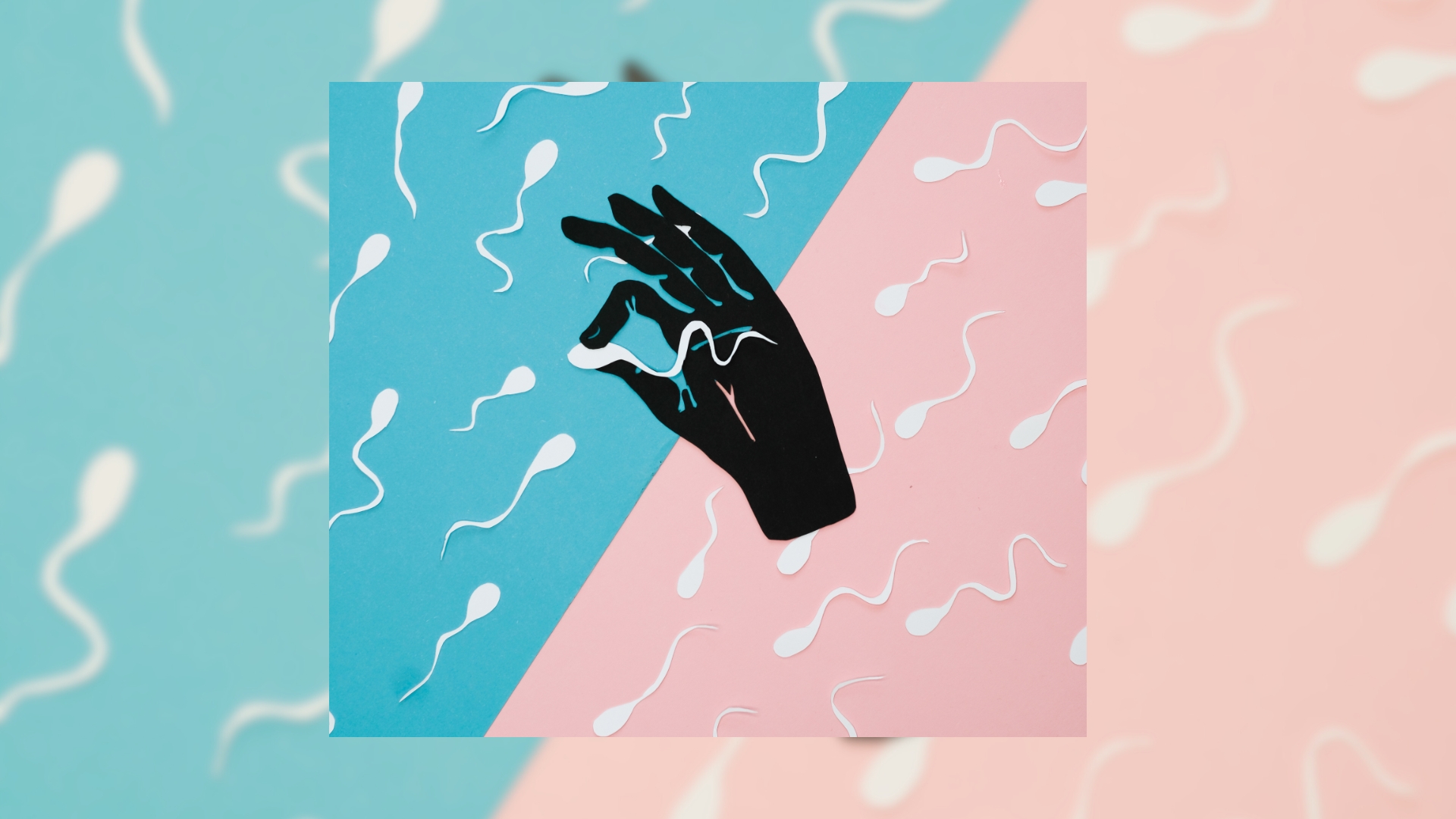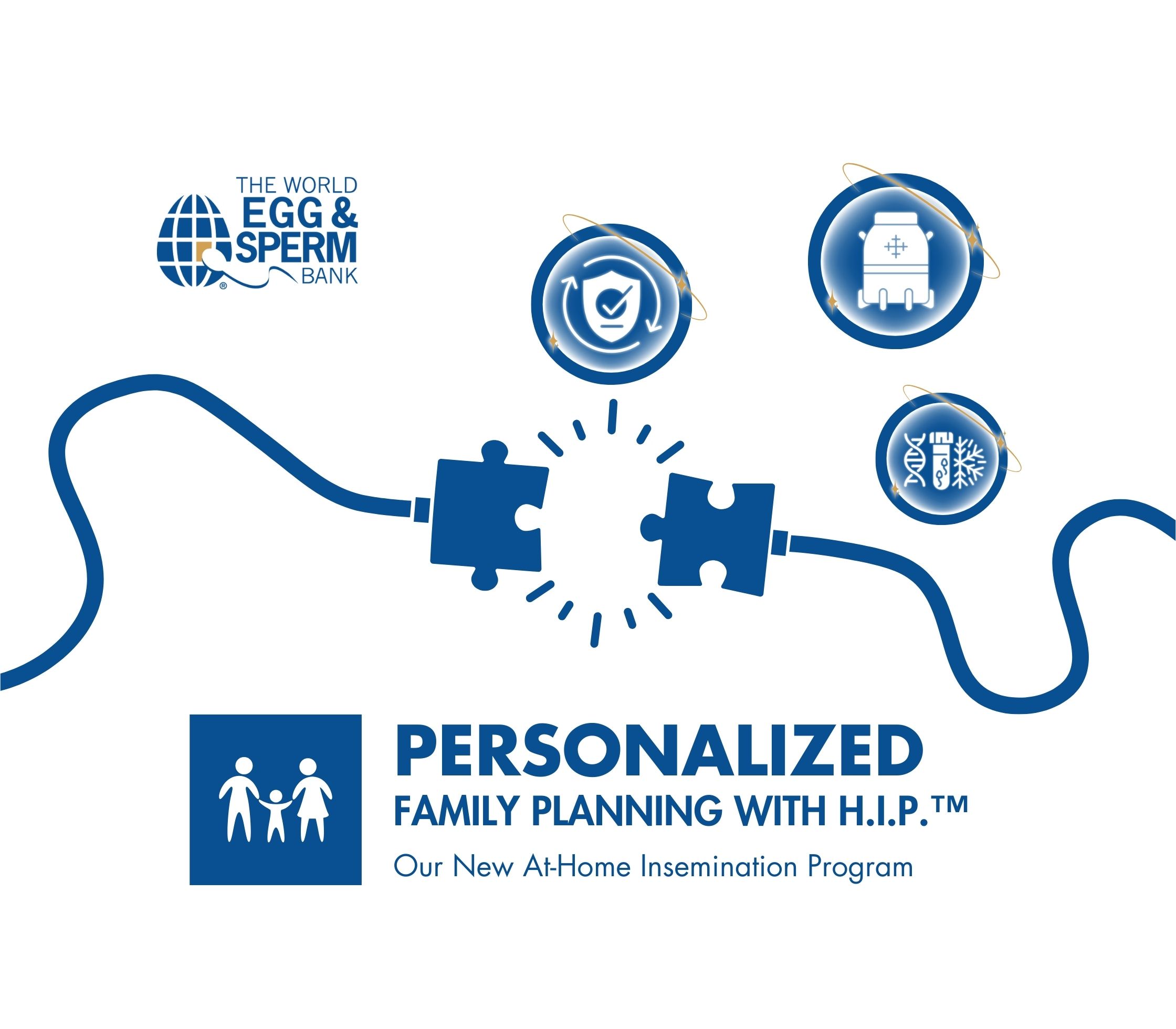Behind the Numbers: What Fertility Trends Don’t Always Show

You’ve probably seen the headlines:
“Birth rates are falling.”
“People aren’t having children like they used to.”
So just what does “used to” really mean? Let’s take a look through the decades:
1960s
In 1960, most couples started families young, often shortly after marriage. The typical household income supported this model: men worked outside the home, while women largely stayed home. Education beyond high school was rare for women, and dual-career families were the exception.
1980s
By 1980, women’s college enrollment and workforce participation had sharply increased:
- Women made up 51.5% of the labor force in 1980, compared to just 37.7% in 1960
- As more women balanced careers and family, the [average age at first birth rose, and fertility began to decline](https://ourworldindata.org/female-labor-supply?) from the post World War II baby boom era
Today, 2025
Fast forward to now, both men and women are pursuing higher education, navigating careers, and intentionally planning their paths to parenthood. Rising living costs (housing, childcare, student debt) make delays feel practical. Fertility preservation, egg/sperm donation, and IVF have become accessible choices for many.
These aren’t delays born of indecision, they’re thoughtful, modern decisions rooted in economic and personal readiness.
The evolving timeline shows resilience, not retreat. It reflects the fact that people still deeply desire to build families, they’re just doing it in ways that align with their own realities, goals, and values.
That’s exactly what we see in today’s fertility landscape:
1. People Aren’t Giving Up on Parenthood…They’re Redefining It
Rather than following outdated norms, individuals and couples are embracing timelines that honor their unique circumstances, whether that means prioritizing career, health, or personal readiness. Fertility preservation, donation, IVF, and surrogacy aren’t signs of delay, they’re tools of empowerment. This shift in thinking is a reflection of resilience.
2. Barriers Are Real and So Is the Support
Yes, economic pressures and healthcare complexities remain real challenges. But this generation is not backing down, they’re finding new ways forward. And at TWESB, we’re proud to meet them where they are: with guidance, compassion, and a trusted partner who helps them move forward, not feel stuck.
3. The Science Is Ready and So Are We
People are redefining parenthood with the help of innovation, not despite it. From genetic screening to AI-powered donor matching, we’re making the process smarter, safer, and more human. And behind the tech, there’s always a team ready to listen, guide, and care.

Final Takeaway:
So what do today’s fertility trends really tell us?
That people still want families, they’re just doing it on their terms.
That support and access matter.
That the future of reproductive care is flexible, empowering, and deeply human.
We acknowledge the data, the numbers are real. But what they don’t capture are the many personal, societal, and economic shifts that have reshaped the path to parenthood over time. Finding a partner who supports that future, one thoughtful, resilient decision at a time is key. And if we may humble brag for a moment…that’s exactly what we specialize in at TWESB.
Looking to preserve your fertility?
Learn more at theworldeggandspermbank.com
Clinics seeking donor program support?
Contact: Caderina@twesb.com
Interested in becoming a donor?
Contact: info@twesb.com | Apply here
Intended parent seeking a donor?
Contact: info@twesb.com | Explore options
Sources:




